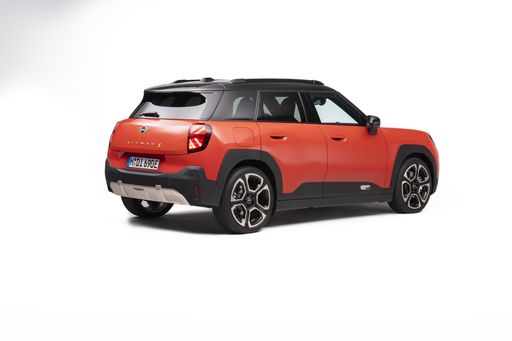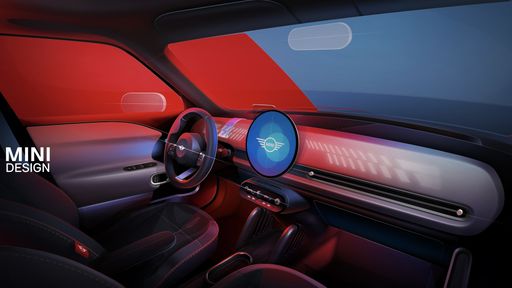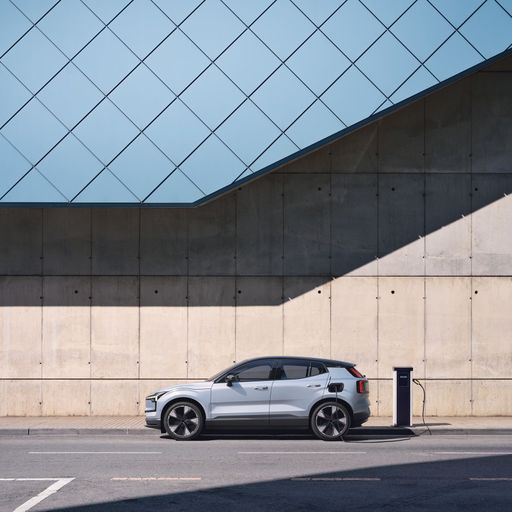Electric Showdown: MINI Aceman vs. Volvo EX30
As the automotive industry increasingly pivots towards electrification, the spotlight is on two intriguing contenders in the electric SUV market: the MINI Aceman and the Volvo EX30. Both models embody innovative design and advanced technology, appealing to eco-conscious consumers seeking style and performance. This article dives deep into the specifications, features, and innovations that make these electric SUVs stand out.








